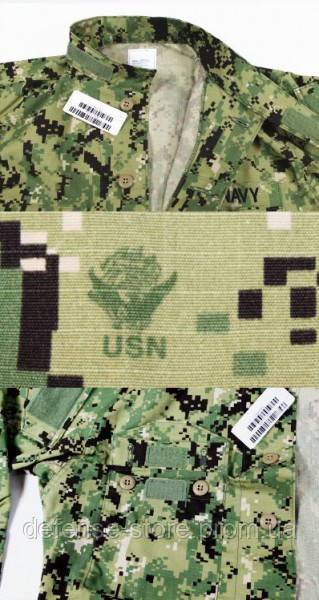

Powered by Nakajima built Jupiter VI engine, 50 built between 19.
#NAVY TYPE 3 FULL#
Full canvas double-sided print with rounded toe construction. The size chart is below and all are US size.Feature: Shoes are shipped in poly-bag (no box) for lower shipping costs and speedy delivery. Nakajima A1N1 Initial licensed production version. Please choose the right type before choosing the size. Powered by one 313 kW (420 hp) Bristol Jupiter VI radial engine, one built. Variants Gloster Gambet Prototype carrier-based fighter designed and built by Gloster Aircraft Company in the United Kingdom. Ī1Ns continued in service until 1935, being replaced in service by the Nakajima A2N or Navy Type 90 Carrier Fighter. A 15-aircraft formation composed of Mitsubishi B1Ms with A1N escorts attacked Qiaosi Airbase in Hangzhou on 26 February 1932, engaging Chinese fighters in a dogfight, shooting down at least one Junkers K 47. A1Ns from Kaga scored the Imperial Japanese Navy's first air-to-air combat victory on 22 February 1932 when they shot down a Boeing P-12 (specifically a Model 218, Prototype of the P-12E/F4B-3 variant, after evaluation sold to the Chinese Air Force.) flown by the American volunteer pilot Robert Short. The A1N flew from the carriers Hōshō and Kaga during the Shanghai Incident in 1932 between Japan and China. The improved A1N2 entered service in 1930, with production continuing until 1932. It served on the carriers Hōshō, Akagi, Kaga and Ryūjō. The A1N1 entered service in 1929, replacing the Mitsubishi 1-MF. While similar to the Gamecock, it was fitted with longer-span wings, internal flotation bags and arrestor hooks for carrier operations. The Gambet was a single-seat, single-bay biplane, of all-wooden construction and powered by an air-cooled Bristol Jupiter radial engine. Production of approximately 100 was completed by 1932. The A1N2 used the 336 kW (450 hp) Nakajima Kotobuki 2 engine, and was introduced in 1930. It proved to be more manoeuvrable while still being a stable gun platform and was selected in April 1929 for production as the Navy Type 3 Carrier Fighter, with the short designation A1N1. After modifications were made and it was fitted with a Nakajima-built Bristol Jupiter engine, the Gambet was evaluated by the Japanese navy against competitors from Aichi and Mitsubishi. The prototype Gambet was shipped to Japan early in 1928. The prototype Gambet was built by Gloster and first flew on 12 December 1927. It was a private venture design for a carrier-based derivative of their earlier Gloster Gamecock fighter. Nakajima purchased a licence from the British Gloster Aircraft Company for production of the Gloster Gambet.

By 1926, the Imperial Japanese Navy's Mitsubishi 1MF fighters (also known as Type 10 Carrier Fighters) were in need of replacement and so it asked three of the leading Japanese aircraft manufacturers, Nakajima, Mitsubishi and Aichi for proposals for a new carrier-based fighter.


 0 kommentar(er)
0 kommentar(er)
